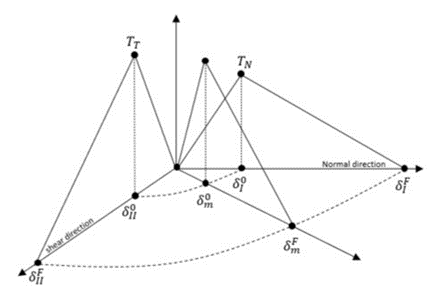This article summarizes the updates introduced in Altair Radioss version 2022. For complete details, please refer to the attached presentations and the official Altair documentation.
Version 2022.3
Altair Radioss v2022.3 Feature Updates - Presentation
Altair Radioss v2022.3 Documentation - What's new
/FAIL/SYAZWAN provides a new simplified criterion based on fracture surface with linear damage accumulation. It also provides the initialization of damage value using strain histories with linear strain path assumptions. Its development came from Mohd Syazwan Abdul Samad PhD, in OpenRadioss, and was integrated into the commercial release of Radioss 2022.3
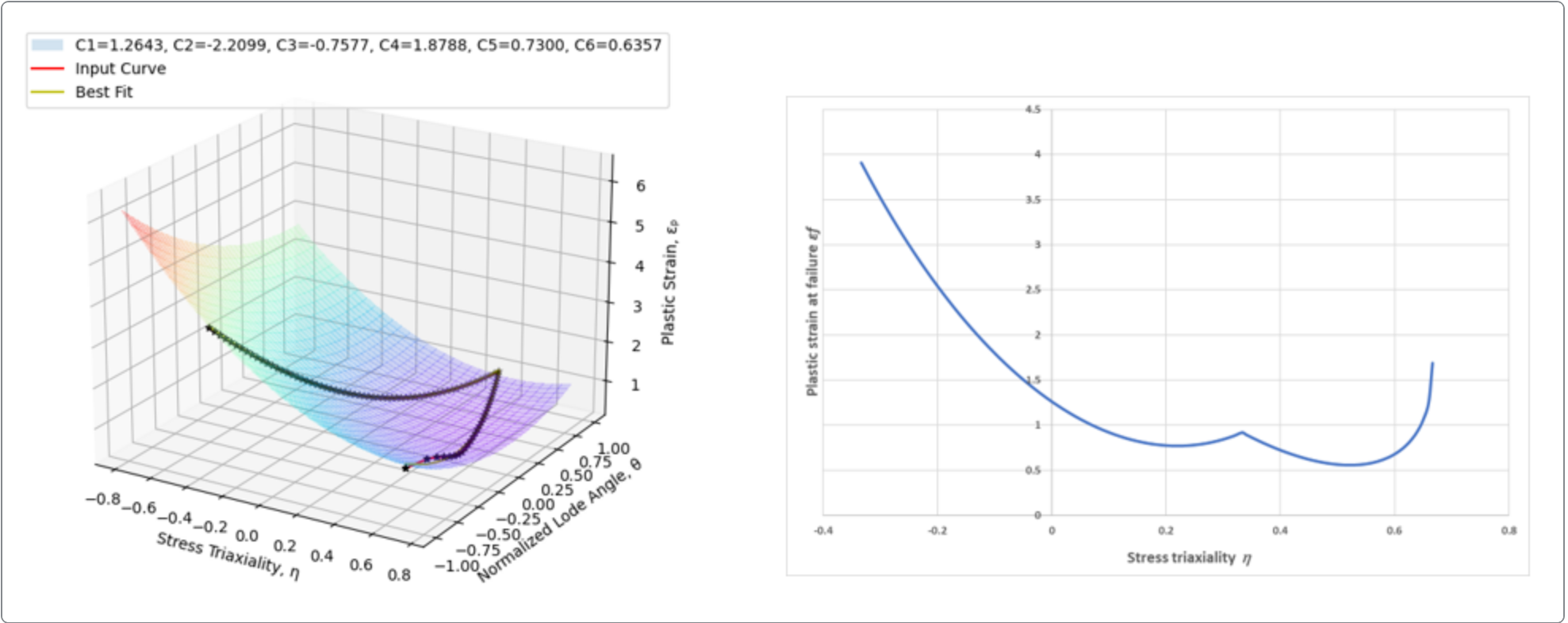
/FAIL/INIEVO is a new criterion that allows a two-step failure approach, divided into an initiation phase, in which damage does not affect the stress computation, and a damage evolution phase, in which stress softening can be generated.
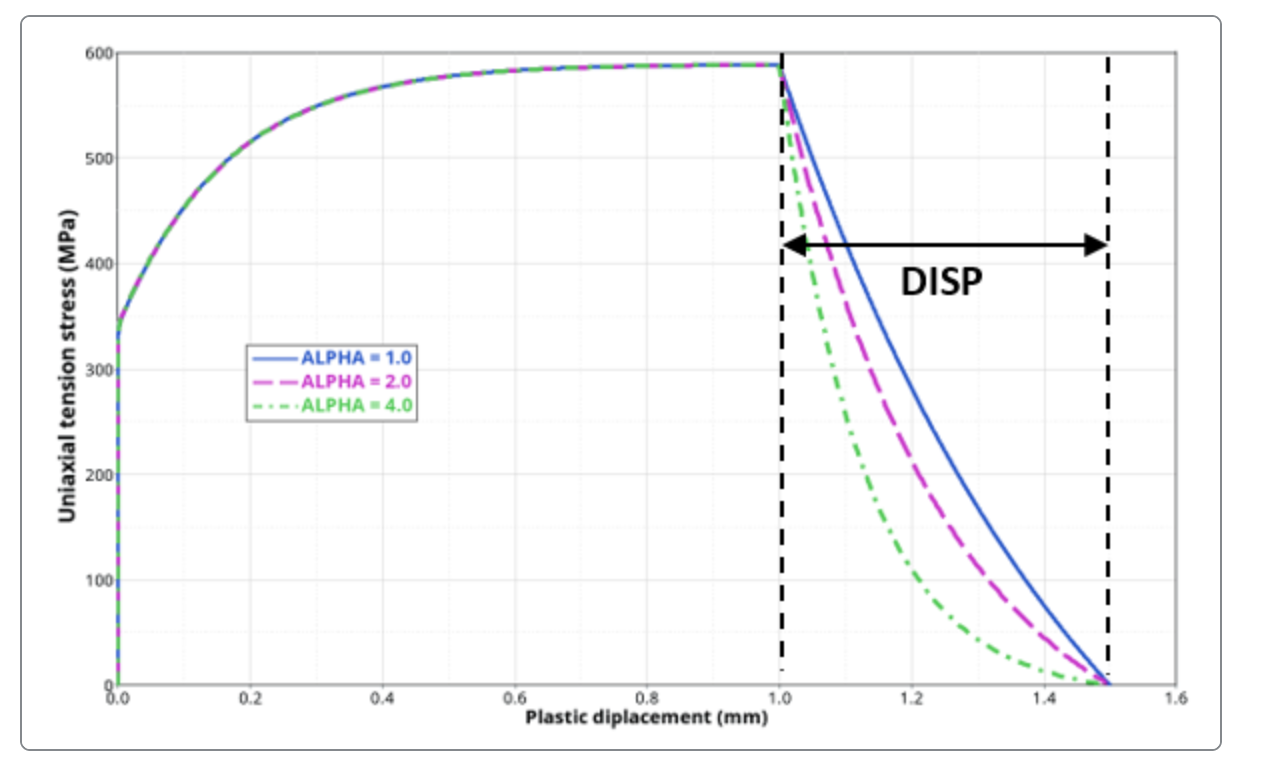
Version 2022.2
Altair Radioss v2022.2 Feature Updates - Presentation
Altair Radioss v2022.2 Documentation - What's new
/FAIL/TAB2 is an advanced failure model that allows the plastic strain at failure to be defined as a function of stress triaxiality, strain rate, Lode angle, element size, and temperature.
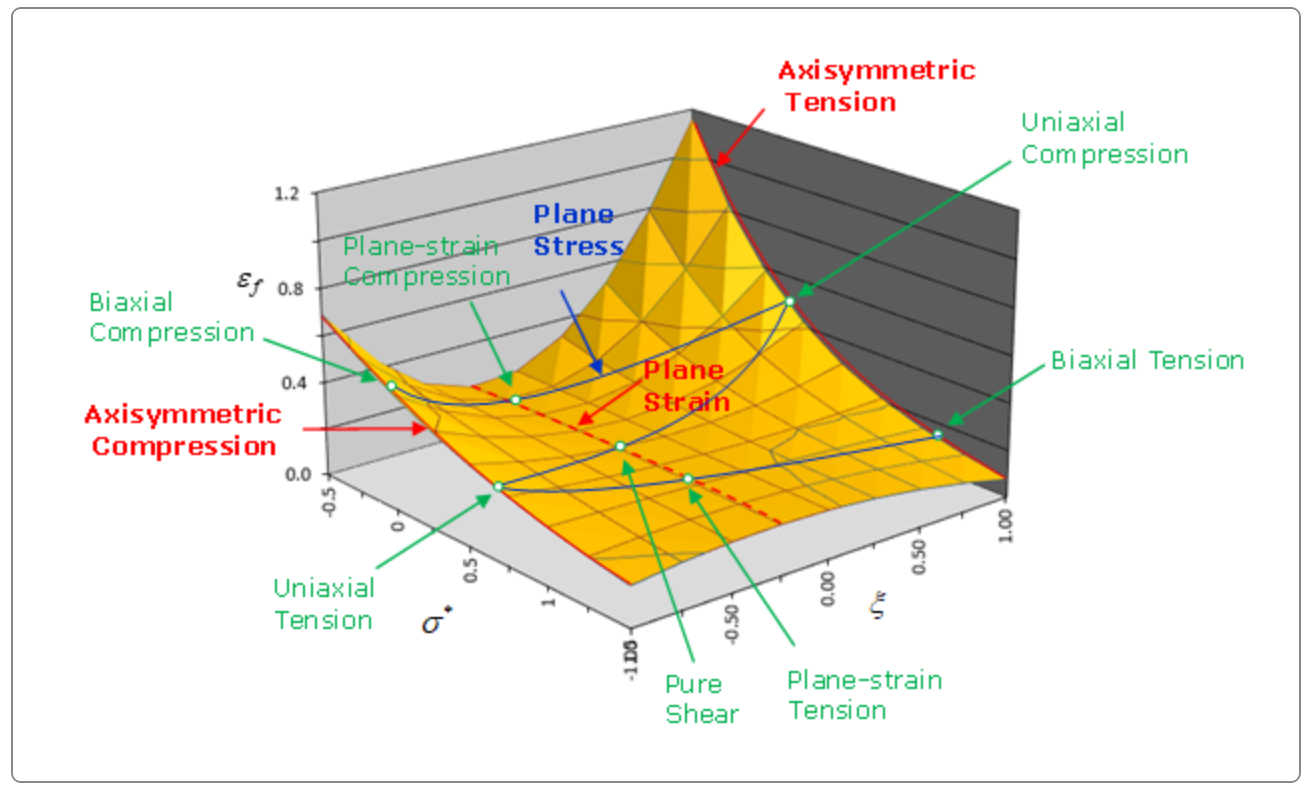
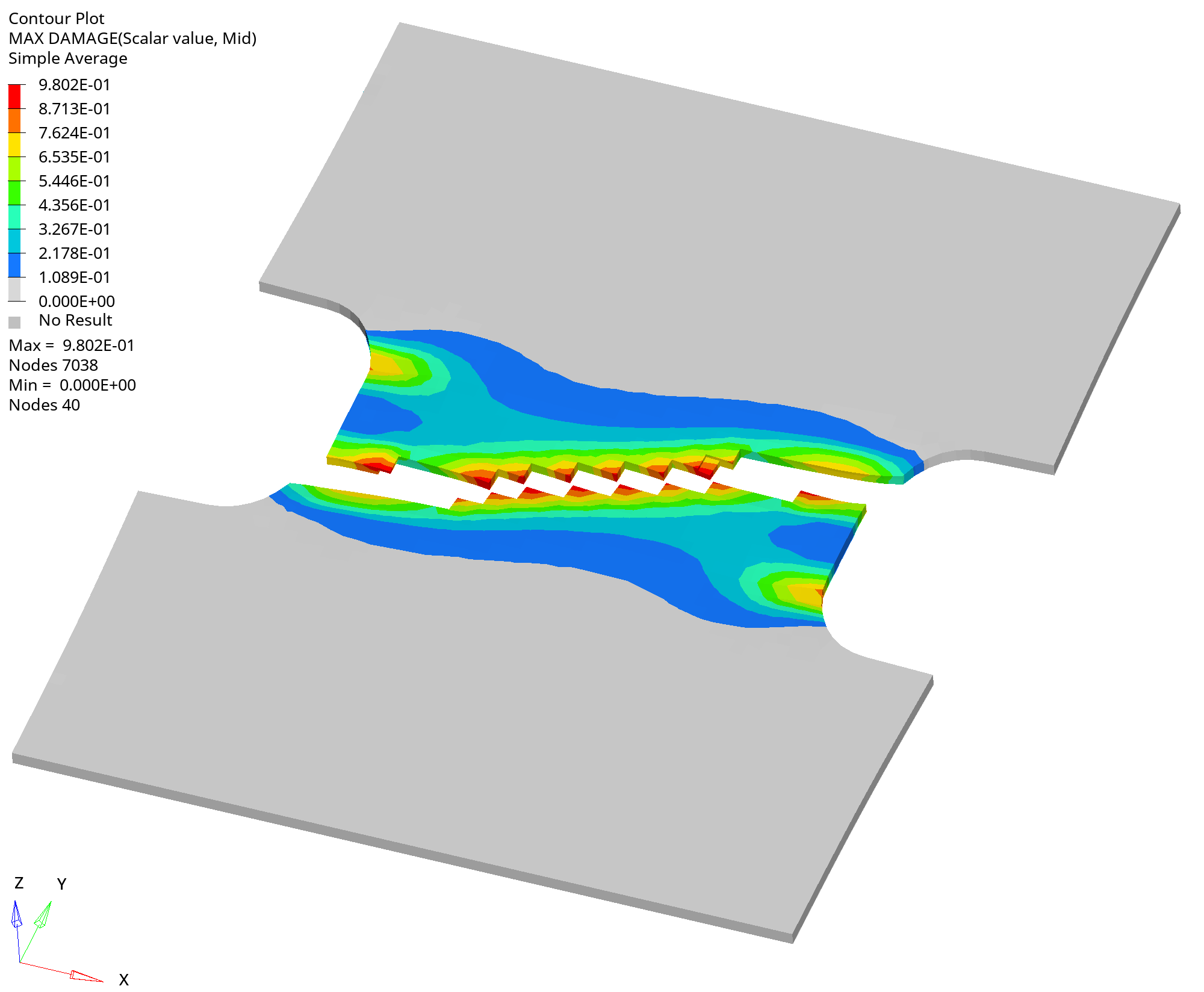
/MAT/LAW120 is a non-associated elasto-plastic model for polymer adhesives. The constitutive model is based on the I1-J2 criterion that can be reduced to a von Mises or Drucker-Prager type in compression.
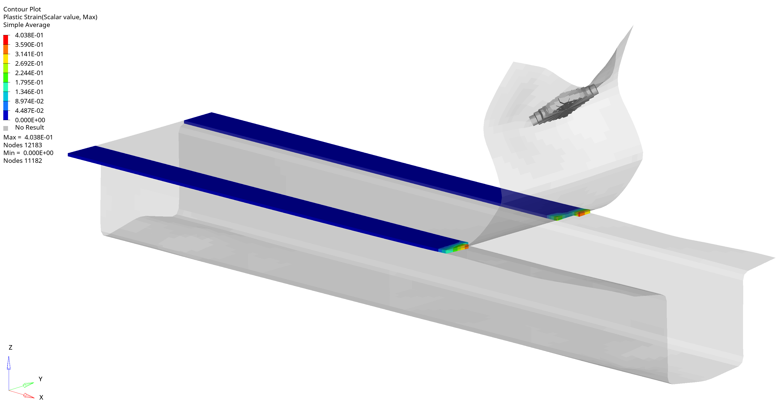
Version 2022.1
Altair Radioss v2022.1 Feature Updates - Presentation
Altair Radioss v2022.1 Documentation - What's new
/NONLOCAL/MAT is available for all failure models based on plastic strain. The non-local regularization is used to get mesh-independent results (size, orientation) in case of instabilities such as failure and/or thickness variation (for shells).
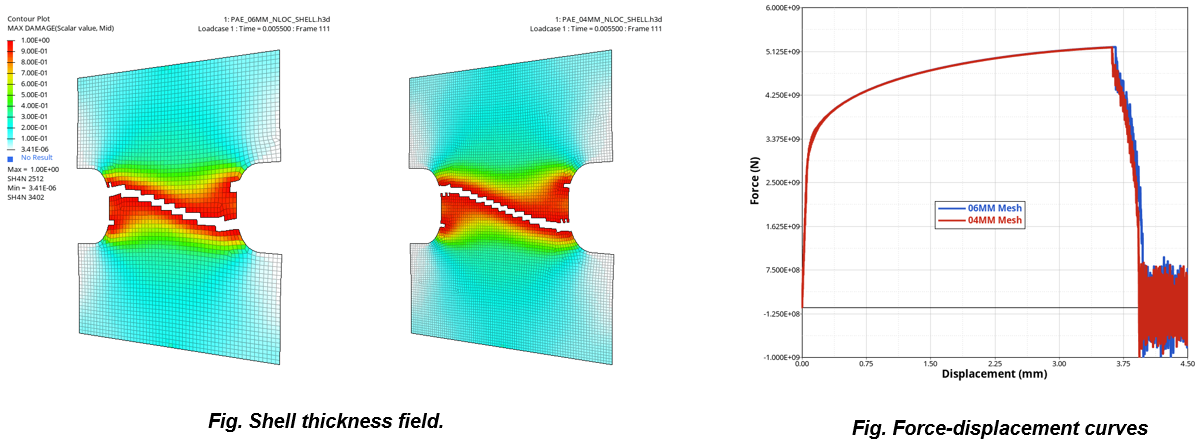
/FAIL/SAHRAEI is an orthotropic strain-based failure model that can be used to predict failure and shortcuts in battery cells.
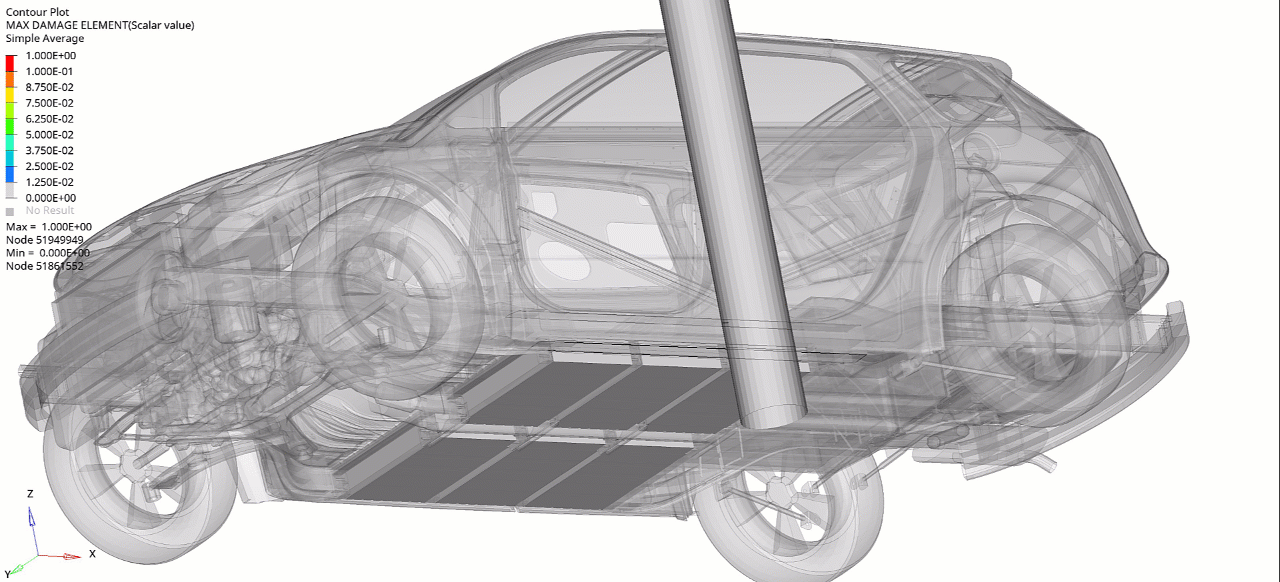
/FAIL/RTCL (Rice – Tracey – Cockroft – Latham) criterion is a stress triaxiality based failure model especially adapted to ductile failure, with a theory based on voiding growth modeling.
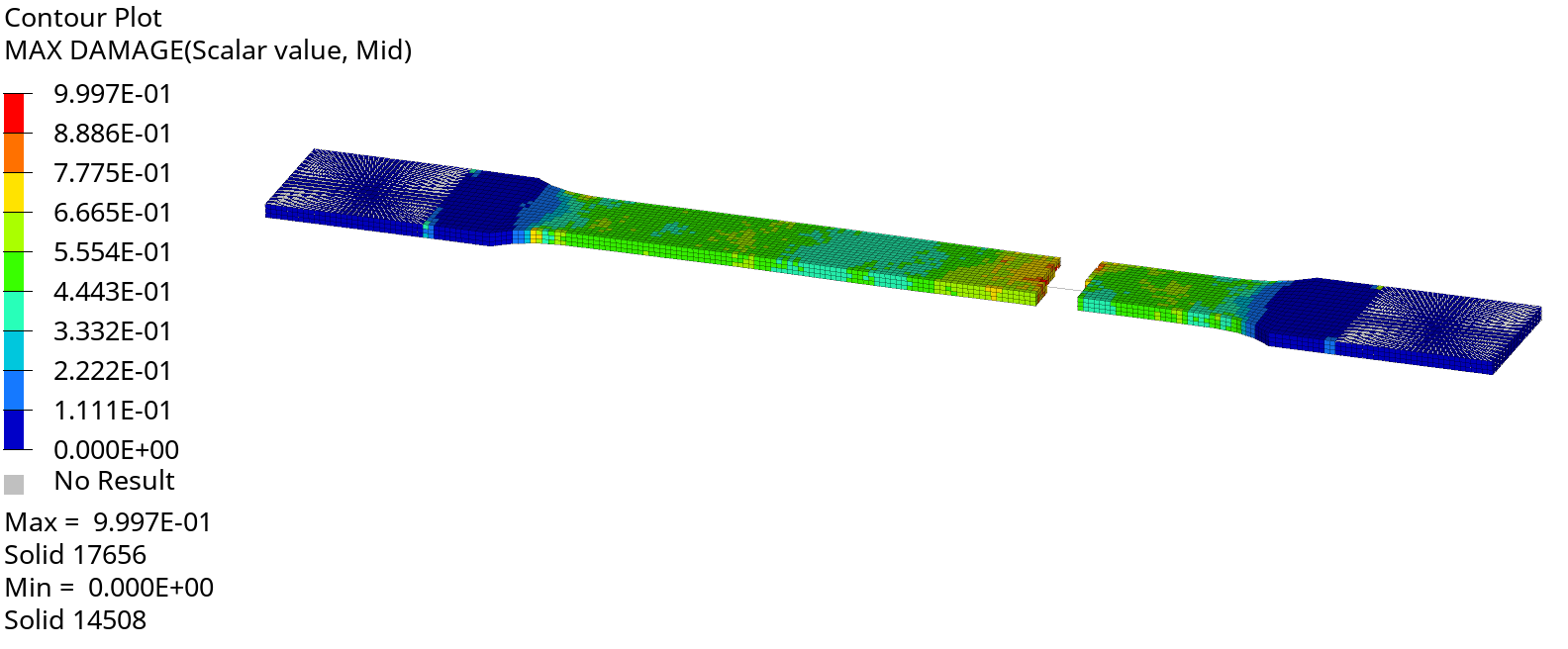
Version 2022
Altair Radioss v2022 Feature Updates - Presentation
Altair Radioss v2022 Documentation - What's new
/FAIL/ORTHBIQUAD uses an orthotropic nonlinear, plastic strain-based failure criterion with linear damage accumulation. For several loading directions, the failure strain is described by two parabolic functions calculated using curve fitting from up to 5 user input failure strains.
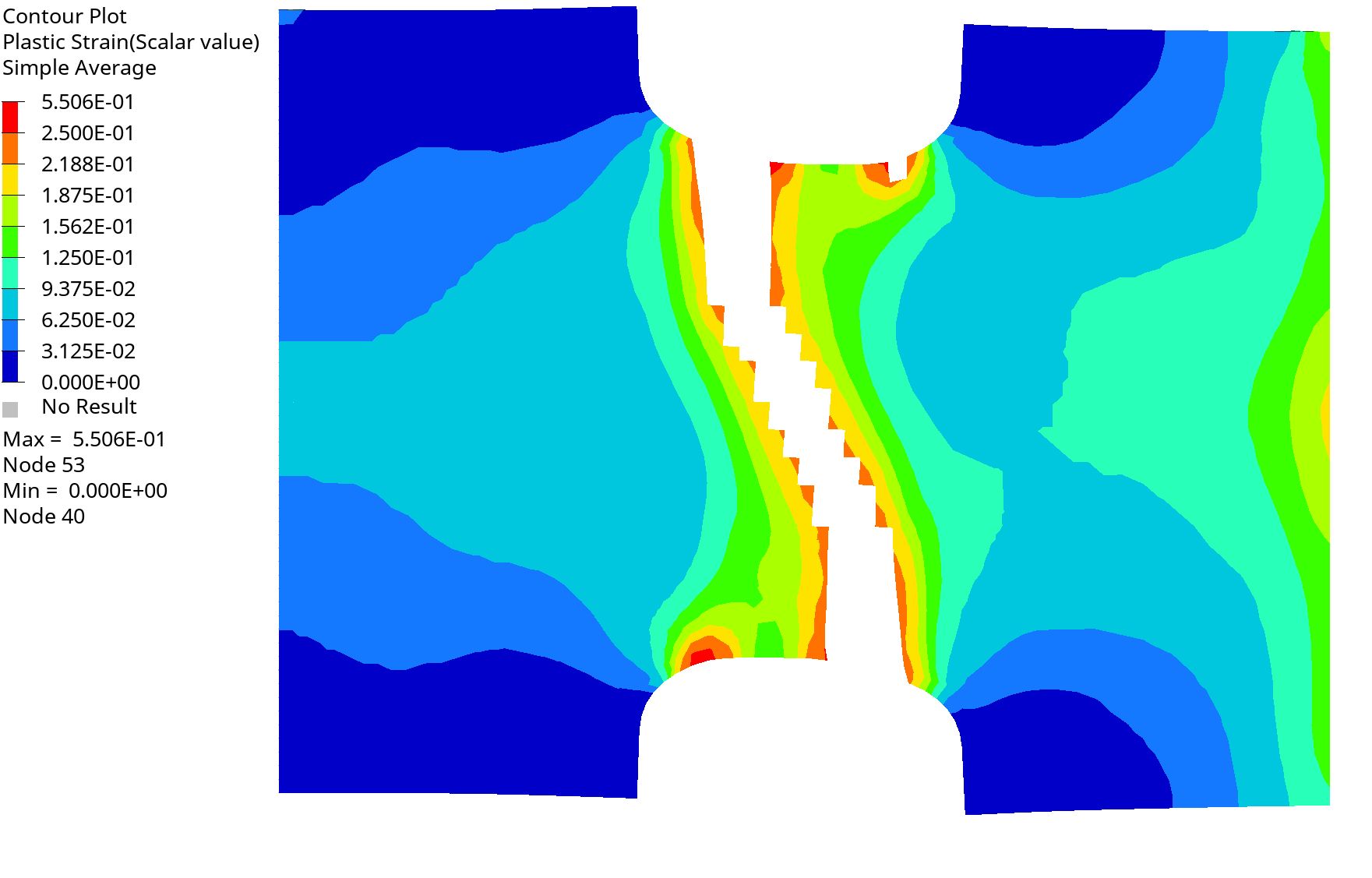
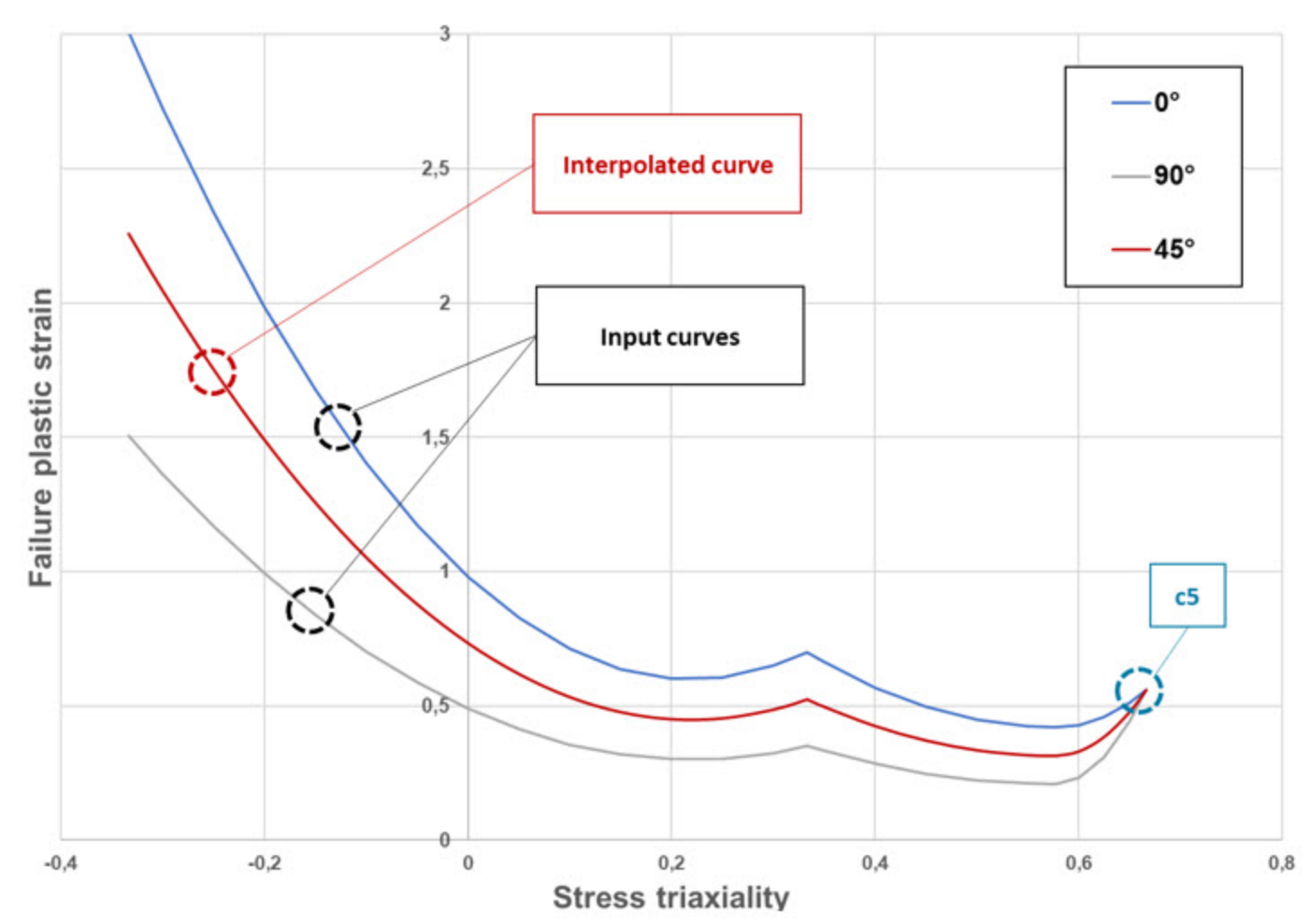
/FAIL/ALTER is an advanced nonlinear stress-based failure criterion for glass applications such as windshields. The failure stress is described by parameters defining micro-cracks and crack propagation speed.

/MAT/LAW117 is a new connection material law with failure criteria for solid element /PROP/TYPE43 dedicated to structural glue and composite materials. It represents the constitutive relation of ductile adhesive materials in 2 modes for normal and tangential directions.
